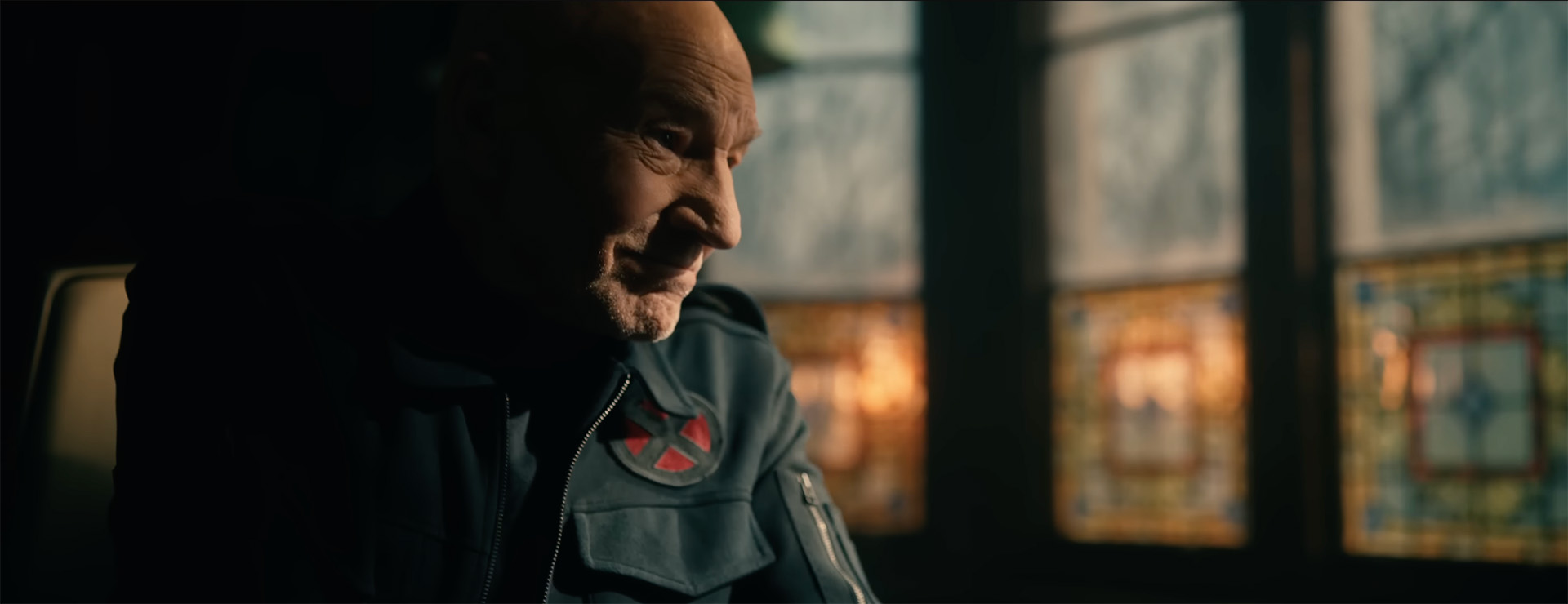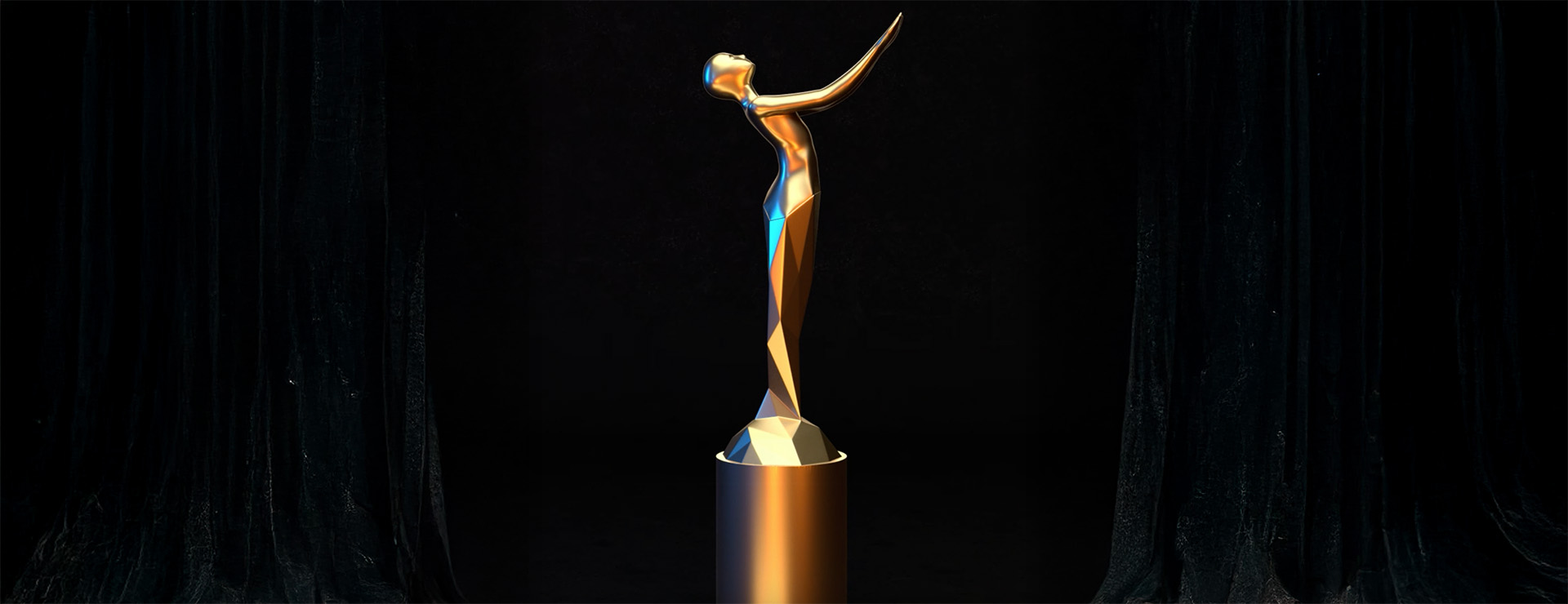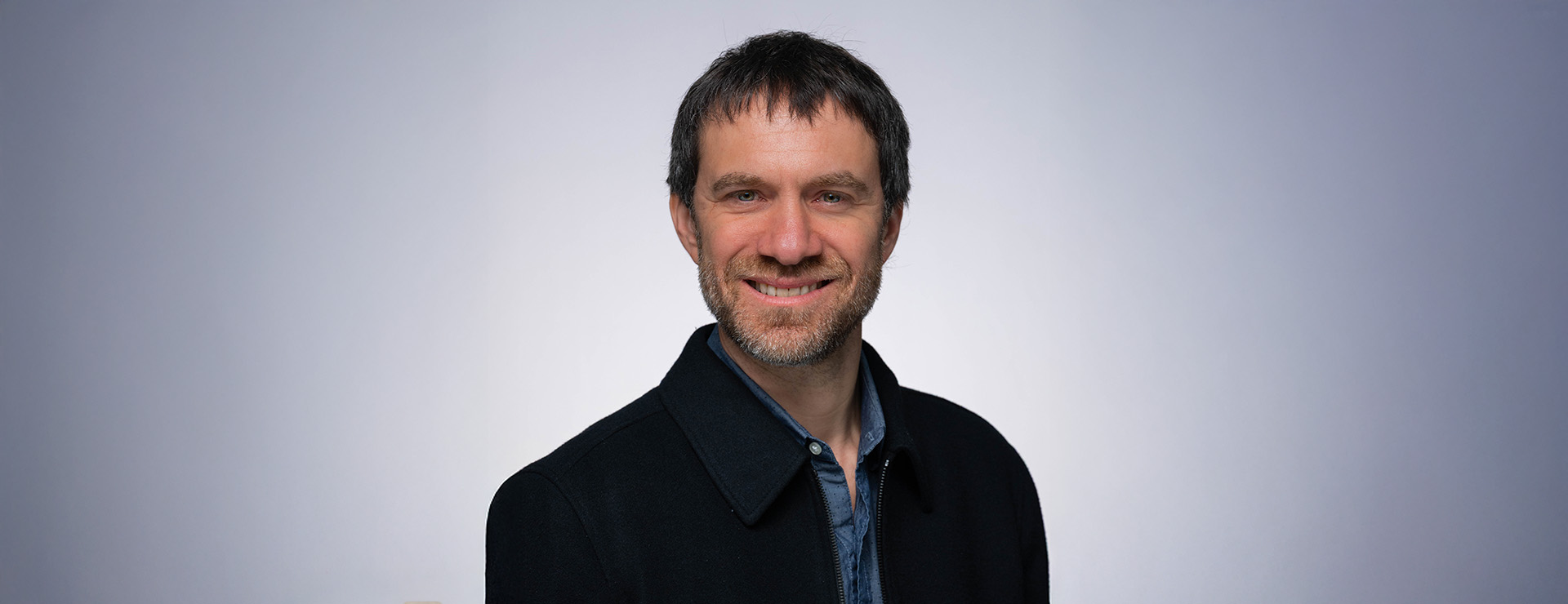Here are a few facts you probably didn’t know about CBS.
In the 2023-24 TV season, CBS, which turns 100 in September 2027, premiered TV’s most-watched scripted series with rookie one-hour drama Tracker, starring Justin Hartley, averaging nearly 11 million viewers per outing, according to Nielsen Media Research. (Nielsen’s numbers do not include streaming data but as much as half of network viewing occurs later on streaming platforms.)
Following Tracker, the next six out of the following seven most-watched scripted series on television all air on CBS: NCIS, Young Sheldon, FBI, Blue Bloods, 60 Minutes and Ghosts. And CBS’ Survivor – the progenitor of the modern-reality show, having debuted in 2000 – was last season’s top entertainment program in the key adult 18-49 demographic.
That didn’t all come about accidentally. Behind every great show is a great marketing campaign, and today, those campaigns run not just on CBS but on streaming services and social media. To some extent, co-owned CBS and Paramount Plus serve as marketing platforms for each other. And far more thought goes into every campaign than just running a :30 in primetime.
The architect of CBS’ marketing strategy is Mike Benson, president and chief marketing officer of CBS, who joined the company in 2019 after running marketing for Amazon Studios for the previous four years. Benson oversees all CBS marketing activities, including brand, advertising, promotion, creative, social media, digital and experiential marketing across CBS Entertainment, CBS Sports, CBS News and Stations, CBS Media Ventures, CBS Studios and more.
Benson talked to Spotlight about how CBS has evolved as a brand and as a network and what he thinks strategic marketing can contribute to that evolution.
ALSO READ: Why Disney's Joe Earley is So Bullish on the Business
Q: Back in the day, marketing on broadcast and cable networks was always about using your own air. Does that still matter?
A: On air still matters, but we use it differently. There's an audience that comes to watch over-the-air television. The unusual thing about CBS is that we've got core fan bases that are rabid about their shows, they love them. These fans might be older but that doesn't really matter to me.
We use on-air to build awareness with an audience that we easily reach. And it's important for us to be efficient that way. I think a better way to look at whether on-air is important or not is [to consider] with whom is it efficient.
Social media has essentially become a paid media vehicle, it's another advertising channel for us. We really try to look at whatever data we can get and figure out how we can most efficiently reach an audience. [When we do that], on-air becomes a really important piece [of our marketing strategy] because the data show us how to efficiently reach a specific audience.
A lot of the sports or special-event shows that we have like the Globes and the Grammys bring in other audiences. What we're really doing is we're looking at those events as reach vehicles, so we can use them to promote and market other things.
I think we've gotten much more sophisticated in the way that we're using on-air. It absolutely matters. But the way we're using it today is very, very different than it once was.
Q: Does that mean you're not doing 30-second promos, or that you know you've got this audience coming in so you're only doing promos that target them?
A: It's more about targeting. A lot of the formats haven't necessarily changed but we’ll play with the time of the spots. We'll look at the audience, and we'll want to get the most impact out of our on-air time. In some cases, that might mean we use a five-second spot just to remind someone that it's five days until the Grammys.
But there might be something else that we need to do in a longer format to get people more interested in the series and more engaged in the storylines, so if we go out and run a :60 or maybe even something longer for something like a new-show launch, for something like Tracker, we’ll do that. We're trying to get really efficient, and not just think about using on-air as a vehicle for what we're promoting, but being far more strategic with the way we're using on-air, knowing exactly the audience we're reaching with that particular medium.
Q: How are you using other platforms strategically to achieve similar goals? Let's stick with Tracker. You knew you were going to premiere it after the Super Bowl and that it was going to reach a huge audience. But then you also need to think about where you want to be to reach the audience you think Tracker is going to attract. How do you use your own air while working to extend that reach to other platforms?
A: If we study the audience that we think has the highest propensity to watch a show, we think about where those audiences are. If someone is in the audience profile of someone we want to get, we consider the life she's living, what's she doing from the time she gets up in the morning to the time she goes to bed. And what media can we think about utilizing to engage her? But for me, it's not only a media question, it becomes a creative question. How can I engage this person in a way that will surprise her and in a way that is authentic and relevant to the show?
It's interesting because from the CBS brand perspective I'm trying to bring continuity and consistency together, and make the whole thing feel like it's tight. But from a marketing perspective, we're trying to be far more bespoke and diverse and know that some audiences won't watch this show no matter what we do. We can't create this big broad one-size-fits-all program, nor can we afford to blast it everywhere either.
Q: Is that something you brought with you from Amazon?
A: I learned a lot about that at Amazon. We wanted to be efficient and we didn’t want to waste, but we experimented a lot, too. We had launched a show called The Boys. We knew at least part of our customer base would have been completely offended by The Boys so we had to be really careful about where the messages would go. The same trailer that would have completely offended one type of audience would totally click with another. So we had to be very strategic with the media and the message and make sure that we weren't just blasting it everywhere. I didn't want to water down the message so it worked for everyone, because then it wouldn't have worked for anyone and it wouldn’t have been true to what the show was.
I've always had this theory that you want to under-promise in your marketing so the show can over-deliver, because that will then drive conversation and get people to come back.
Q: When you talk to people internally about CBS as a multi-platform brand, how challenging have you found it to ultimately get buy-in and understanding of that premise versus CBS being a traditional broadcast network with local affiliates?
A: It starts from the top and George Cheeks is completely aligned with that strategy. We have a very strong linear business that we want to maintain, and we have a streaming business that we want to build. So it starts with George and then we are all very in sync with what it is that we want to do.
[CBS Entertainment President] Amy Reisenbach knows that when she's thinking about picking up a show for primetime, the discussion is always not just what will it do in linear but also what will it do in streaming?
And if we don't think it can perform in streaming, then we're going to have a hard time really justifying picking it up as just a linear show, so everything we're talking about from a strategic perspective is how can it help us with both? I do think that's the secret sauce of what we're doing – thinking of shows as multi-platform from the beginning, rather than after the fact.
Q: How long would you say that you guys have been thinking about it in this multiplatform way versus just let's pick up a show for CBS, and then we'll stick it on the streaming platforms.
A: I think we got really serious about it when Amy Reisenbach started [in November 2022]. George and I came in at about the same time in 2019, and we have both always thought of it that way. And when Paramount Plus started [in March 2021], it was more about building that service. What's happened and evolved over the years is the originals on Paramount Plus are doing great, but they're also realizing how strong CBS’ shows are and how much they are driving the service as well.
Q: What new technologies like VR, AR, Metaverse, AI and so forth are you seeing coming in that are going to affect the way that you handle your marketing?
A: It's such a tough question, and I'll tell you why: it feels like there's new things coming in all the time. I guess the best way to answer that question is we're going to experiment a lot. And it's less about new technologies and more about how we can find more clever, interesting ways to engage audiences. It's more about finding something that will help you solve a bigger problem. The whole world is becoming about doing more with far less right?
I also think one of the bigger challenges for us as marketers is that we have always been just a cost center for these companies, and we've got to evolve, we've got to be revenue generators. We need to understand how to not only drive audience, but how to drive revenue – and not just revenue through ratings, but actual revenue.
That could be experiences, it could be games, it could be merchandise, it could be all kinds of different things. But they need to be marketing-driven activations and activities and experiences, things that are originating from something that we've done, not just something that sales brings in. And so if we come across new technology that allows us to do that, those are the kinds of things that I'm interested in.















